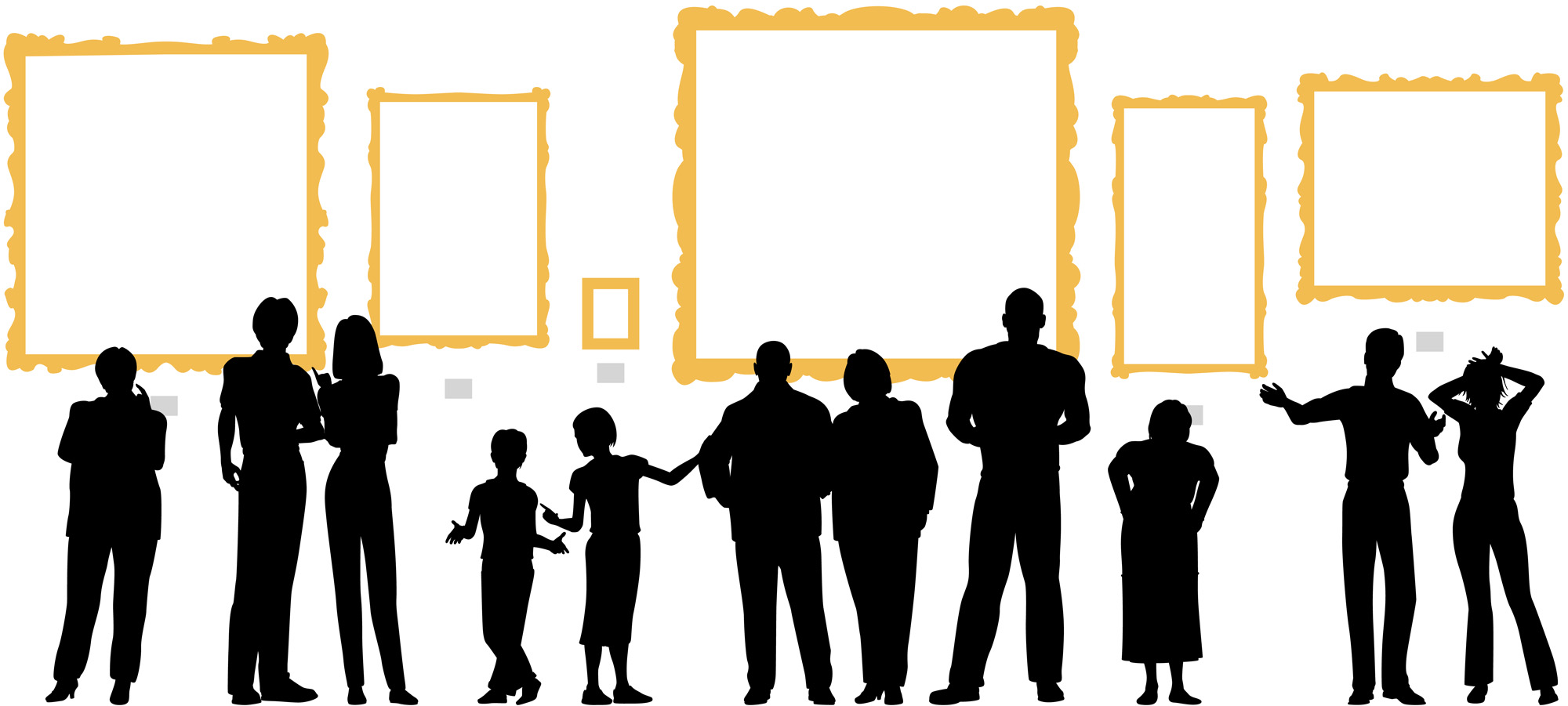The month of March inaugurates the spring art fair season, a combination of commerce, parties and culture that attendees love to pretend to hate. Even though the fairs are explicitly designed for galleries to sell art, dealers complain about them whenever they get a chance. For everyone else, the phenomenon can be a bit of a mystery. These art fairs often occupy prime real estate in the hearts of cities, yet usually have entry fees so high that most locals can't attend.
Many of today's biggest fairs were started in the 1970s: Art Basel, which runs from March 29-31 in Hong Kong, mostly sells 20th-century and contemporary art; TEFAF, operating May 4-8 in New York, is better known for its antiques and old masters.
But it was only in the early 2000s that the fairs really took off. "The reason that art fairs have become so important has to do with the shifting demographics of wealth," says Marc Spiegler, the global director of Art Basel. "Wealth is more and more in the hands of people who are working, rather than those who've inherited it."


















With your current subscription plan you can comment on stories. However, before writing your first comment, please create a display name in the Profile section of your subscriber account page.